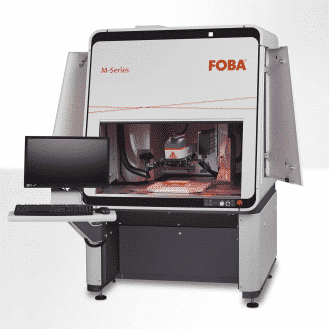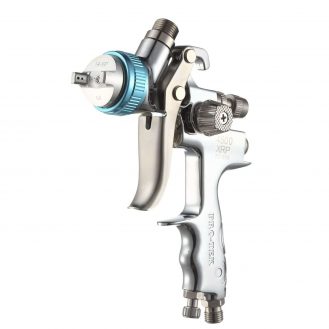
FISCHER plate heat exchanger
Plate heat exchangers offer many advantages over tubular heat exchangers. They are more compact, lighter, and efficient than tubular heat exchangers of equivalent performance.
Plate heat exchangers can have different designs, but they all work according to the same principle: fluids flow between several very thin, corrugated plates (in the transverse direction of the fluid flow, to create turbulence), which ensures thermal exchange. The fluids can pass through the plates counter-currently, increasing the efficiency of the heat exchange. In certain models, more plates can be added to obtain a larger heat exchange area without significantly increasing the space occupied by the exchanger.
These exchangers are considered self-cleaning since the turbulent flow of the fluids is usually enough to clean any residue. However, this turbulence causes significant pressure losses for both fluids.
There are plate heat exchangers made of specific materials that are lighter and more corrosion-resistant, such as stainless steel heat exchangers, titanium heat exchangers, etc.
Plate heat exchangers can be divided into three main types:
- Gasketed plate heat exchangers: Each plate has a gasket around it and the plate assembly is mounted between two bolted plates. This type of exchanger is modular, as you can easily increase or decrease the number of plates to change the total exchange area and therefore the power of the exchanger. In this way, it is possible to adjust the temperatures of the fluids leaving the exchanger. Maintenance of these exchangers is relatively simple. However, they have limited resistance to high pressures and temperatures. These must not exceed 150°C to 200°C at a maximum pressure of 25 bar. You will also have to ensure that the materials of the plates and gaskets are compatible with the fluids circulating in the equipment.
- Brazed plate heat exchangers: Plates are joined by brazing copper or nickel, resulting in compact, one-piece heat exchangers. These exchangers can withstand temperatures of around 200°C and 30 bar of pressure. However, the number of plates cannot be changed to adjust the exchanger’s power to different needs. They are generally more expensive than gasketed plate heat exchangers, but they are more durable and easier to clean thanks to the possibility of high-pressure cleaning. This type of exchanger can be dismantled for maintenance.
- Welded plate heat exchangers: Plates are welded together, which makes them more resistant than brazed plate heat exchangers. They can also withstand higher temperatures and pressures than other plate heat exchangers (between -40°C and +500°C, at a maximum pressure of 30 bar). However, the number of plates cannot be changed to adjust the exchanger’s power. Although they cannot be dismantled, they are easy to clean under high pressure.







